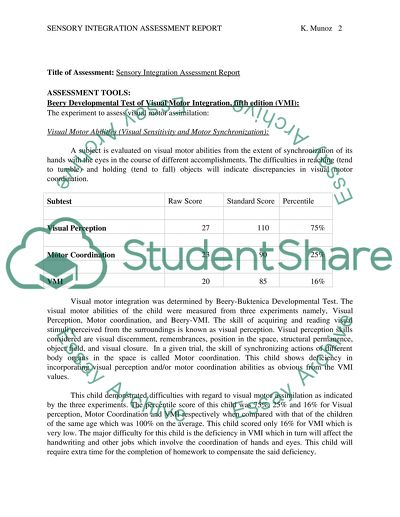Cite this document
(“Sensory Integration Assessment Term Paper Example | Topics and Well Written Essays - 1750 words”, n.d.)
Retrieved from https://studentshare.org/other/1428177-sensory-integration-assessment
Retrieved from https://studentshare.org/other/1428177-sensory-integration-assessment
(Sensory Integration Assessment Term Paper Example | Topics and Well Written Essays - 1750 Words)
https://studentshare.org/other/1428177-sensory-integration-assessment.
https://studentshare.org/other/1428177-sensory-integration-assessment.
“Sensory Integration Assessment Term Paper Example | Topics and Well Written Essays - 1750 Words”, n.d. https://studentshare.org/other/1428177-sensory-integration-assessment.


